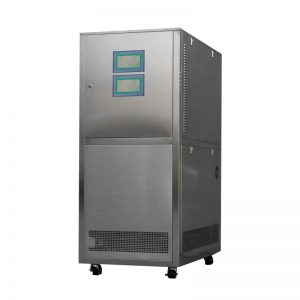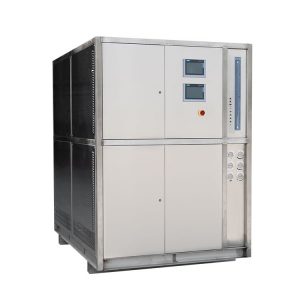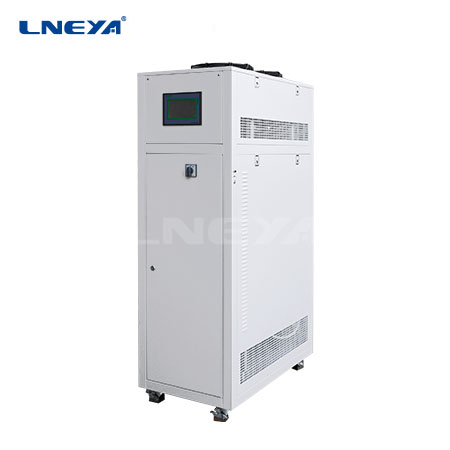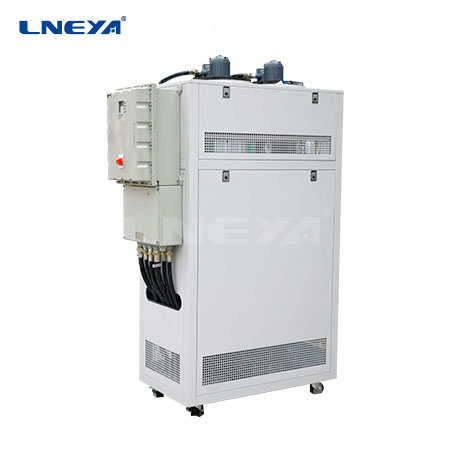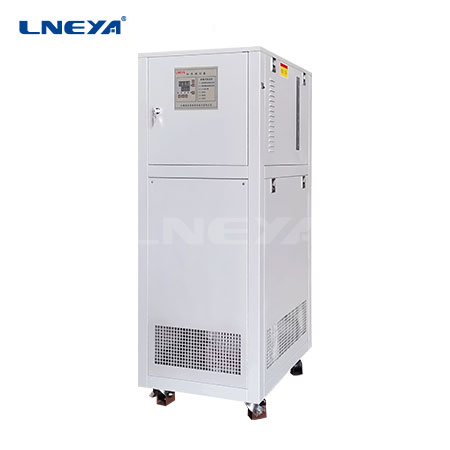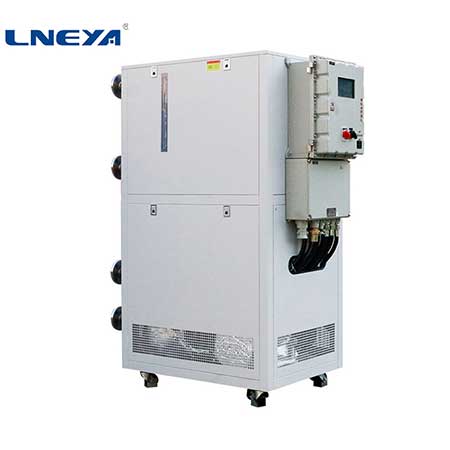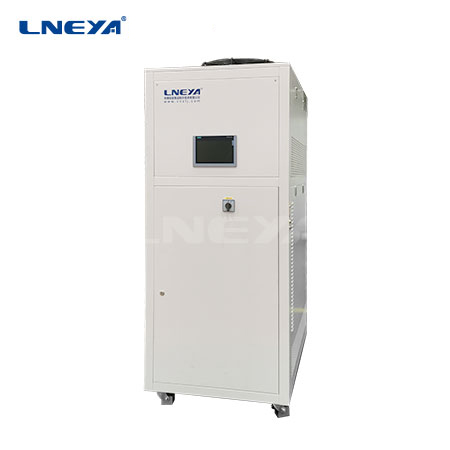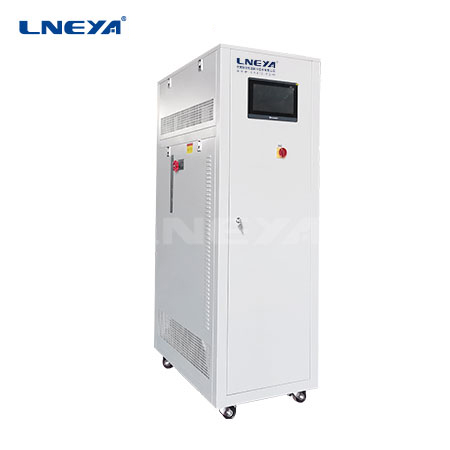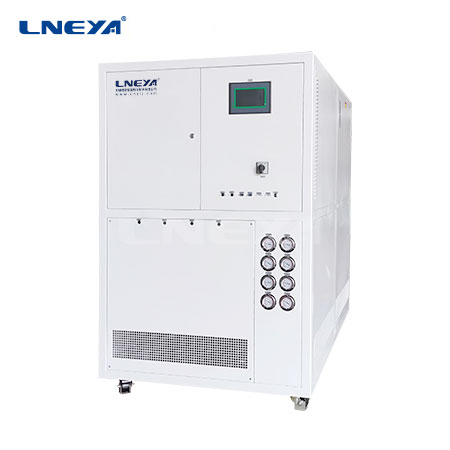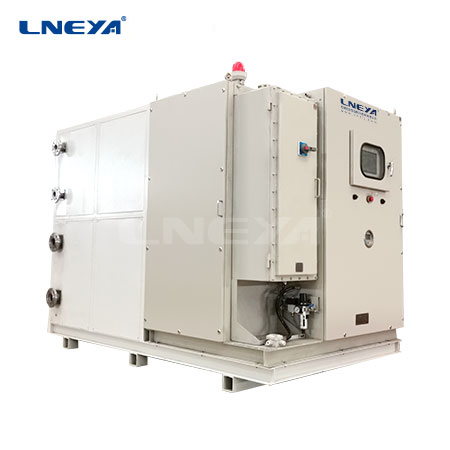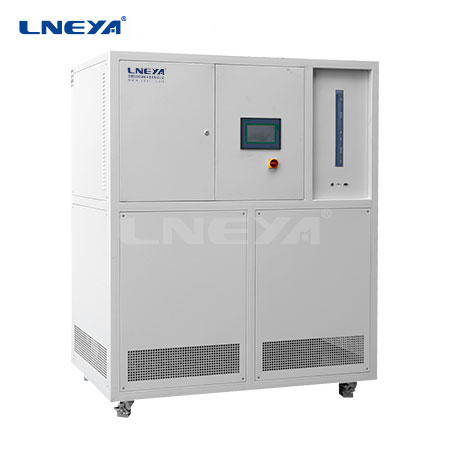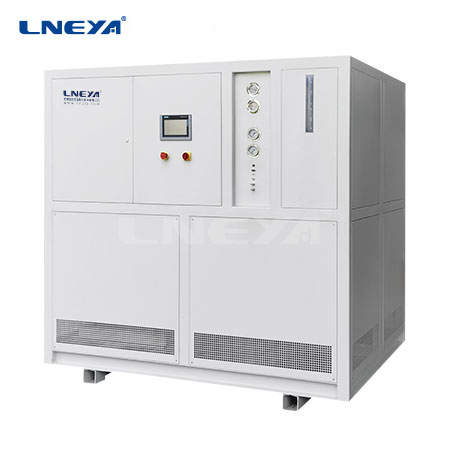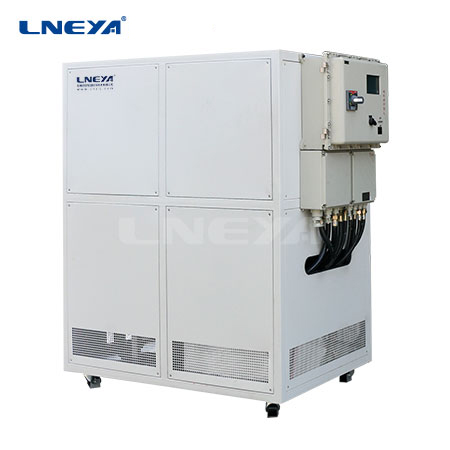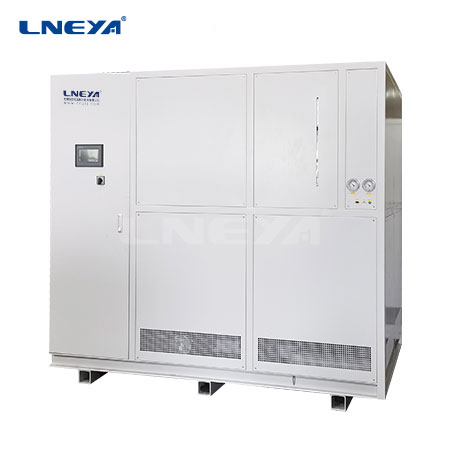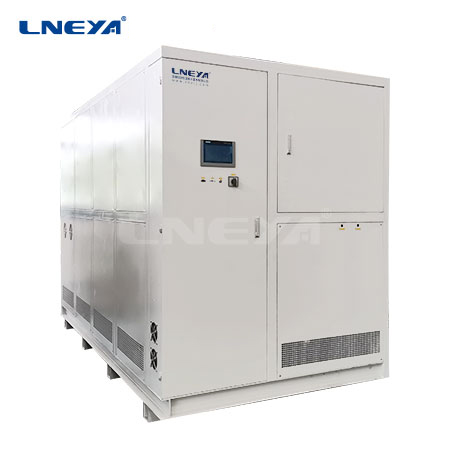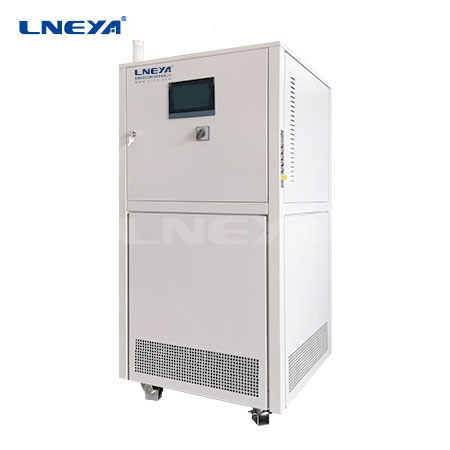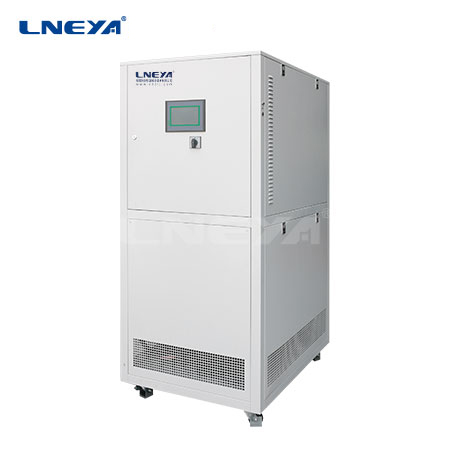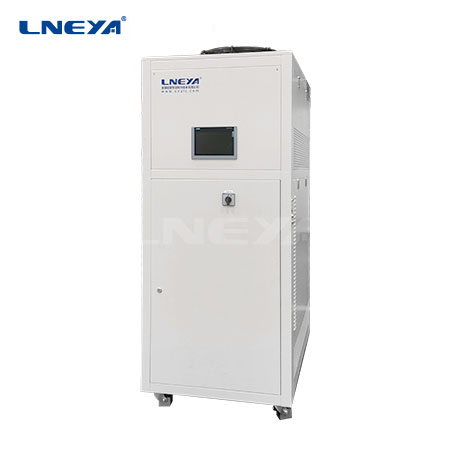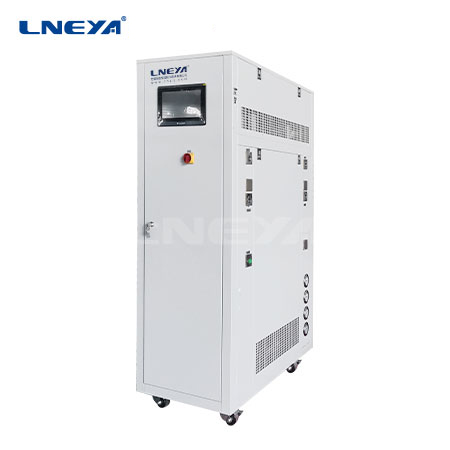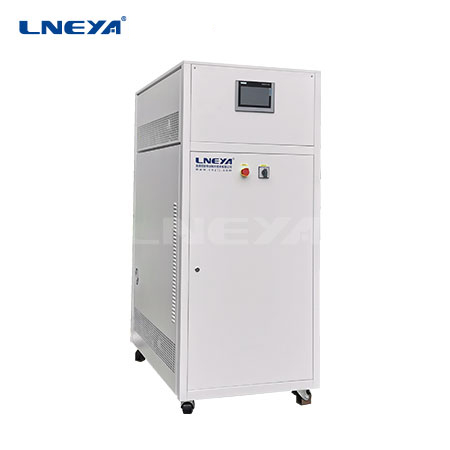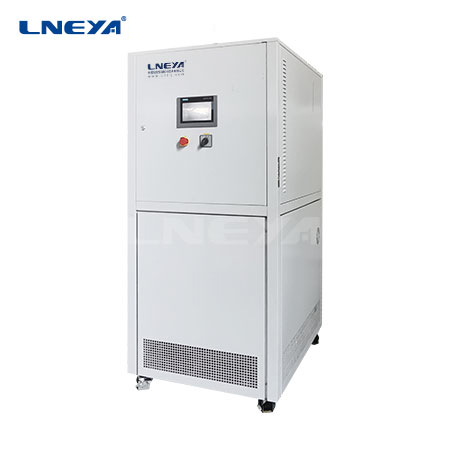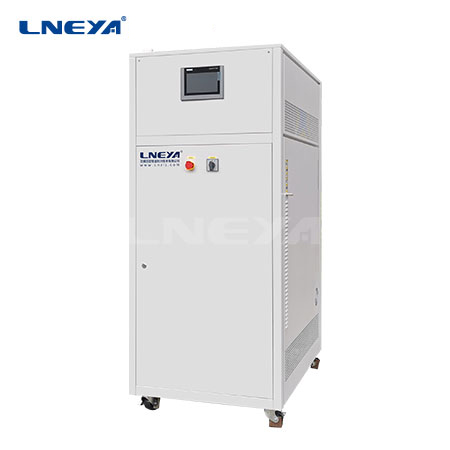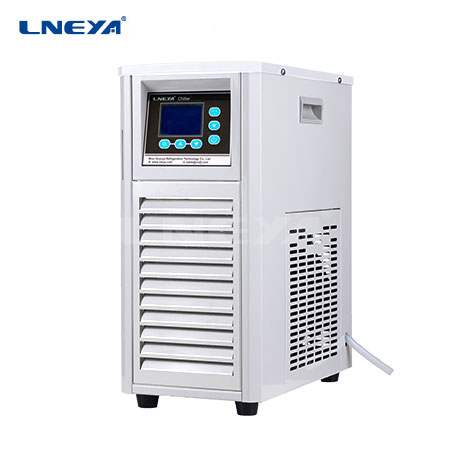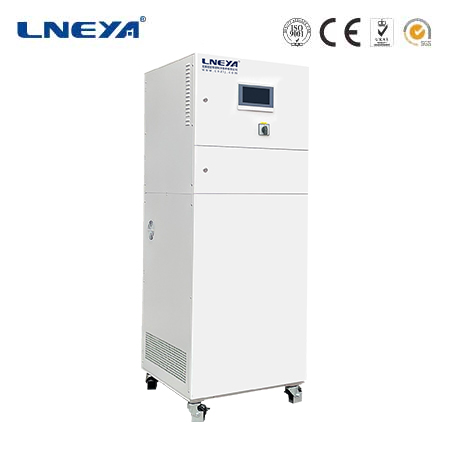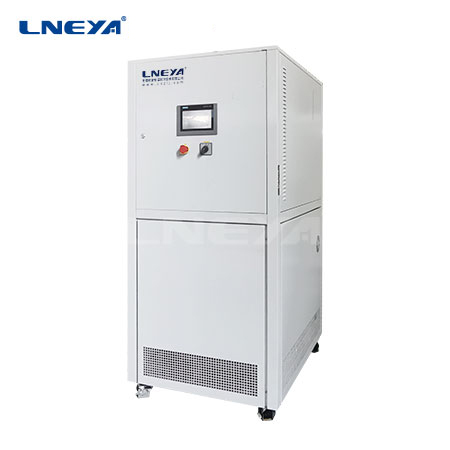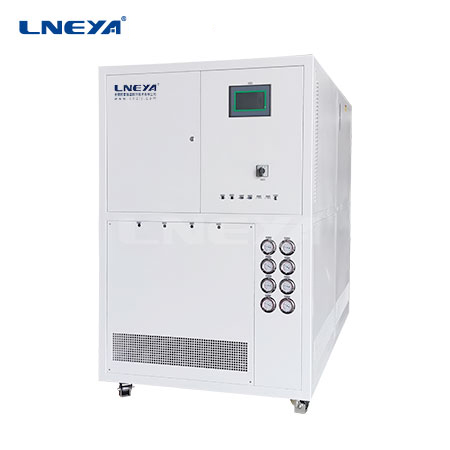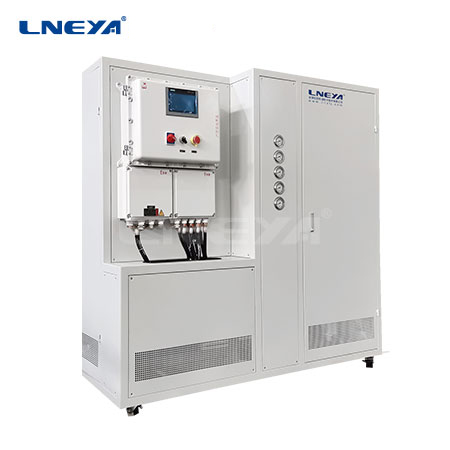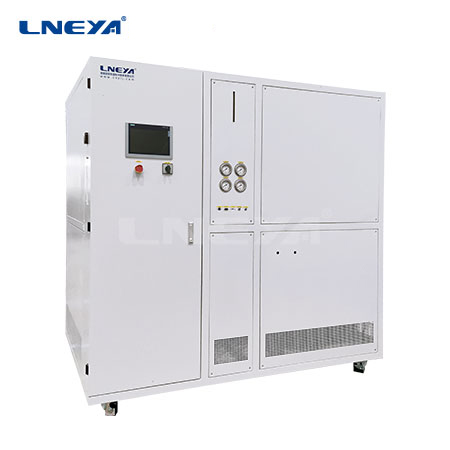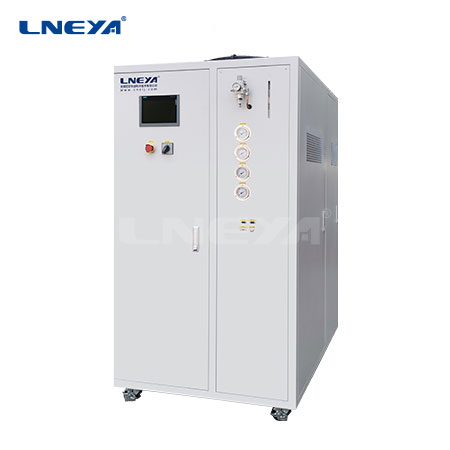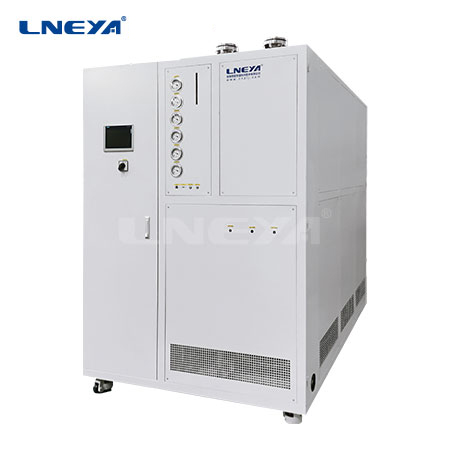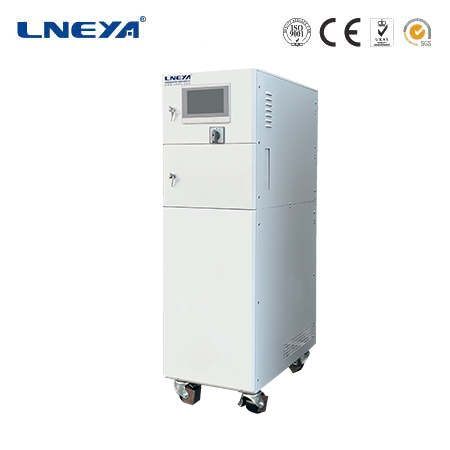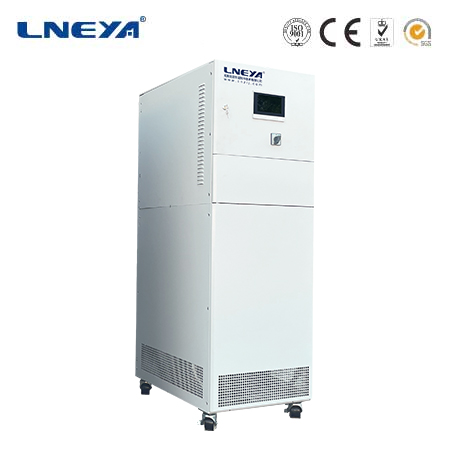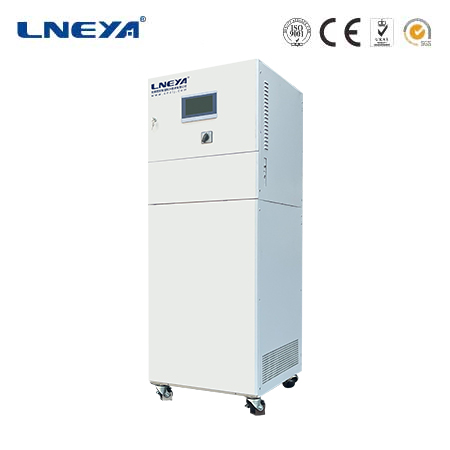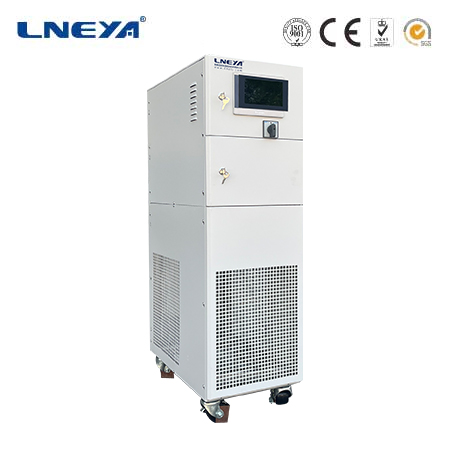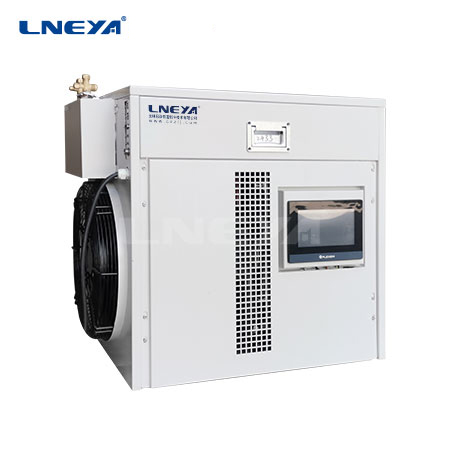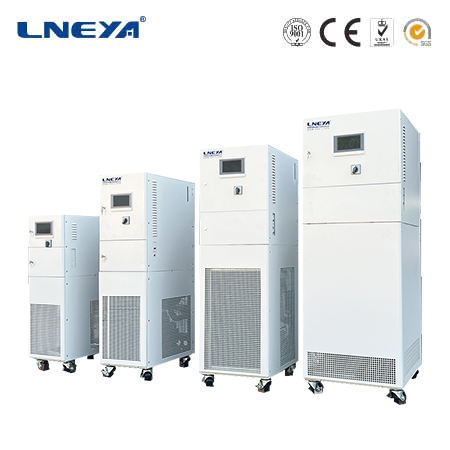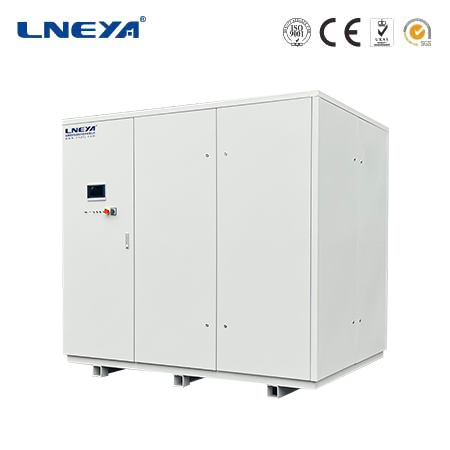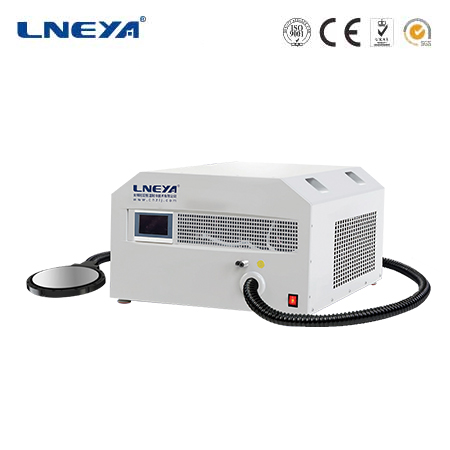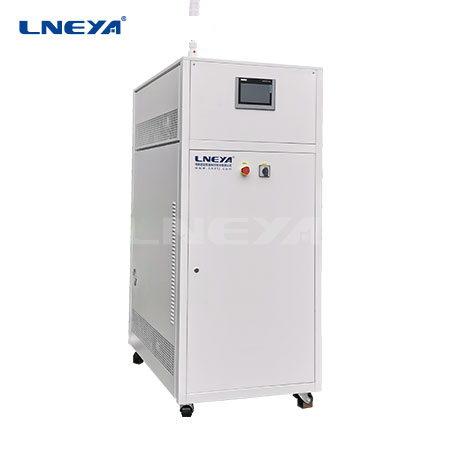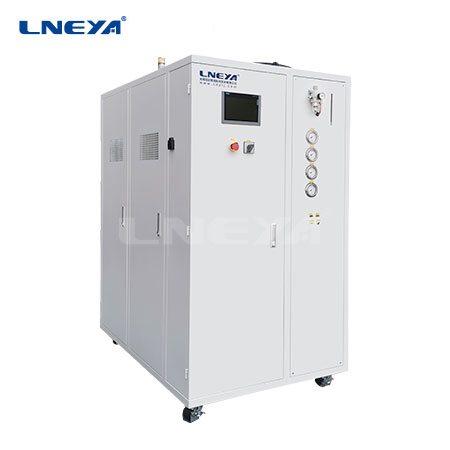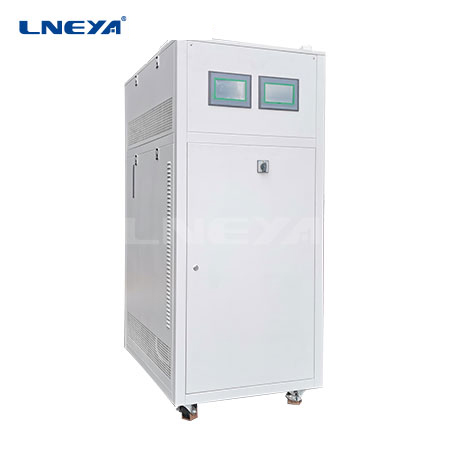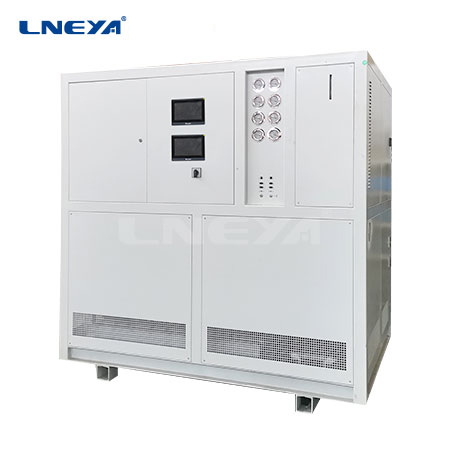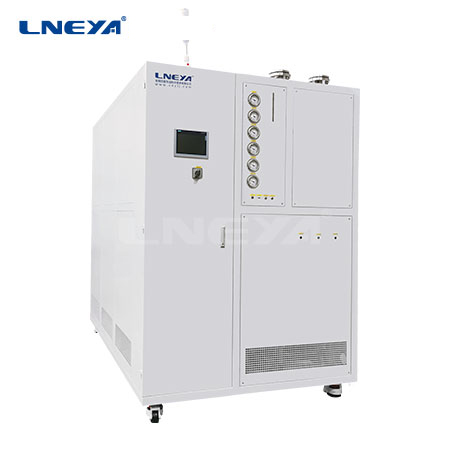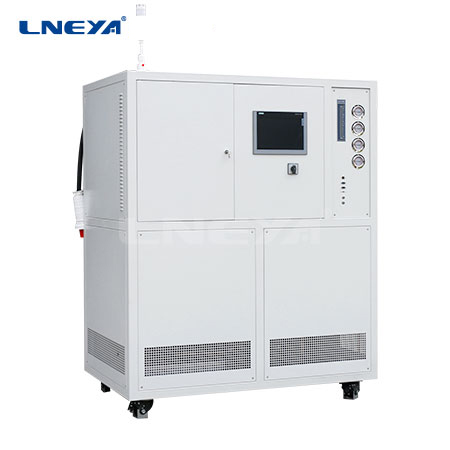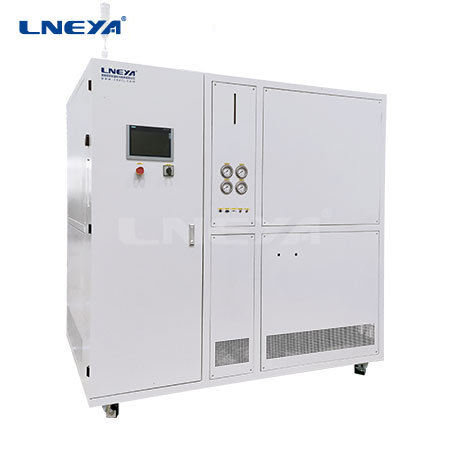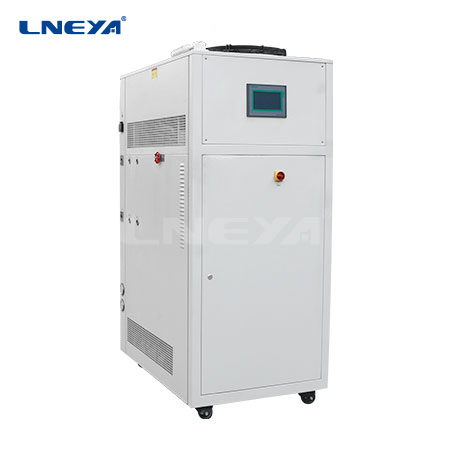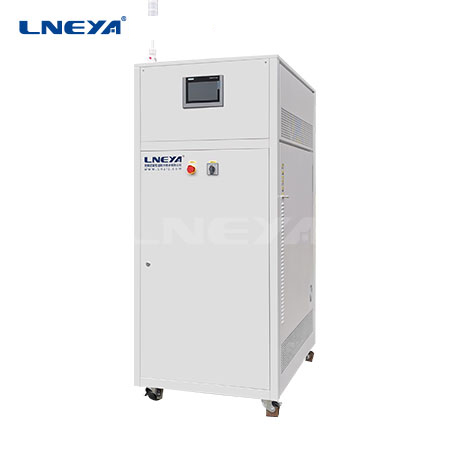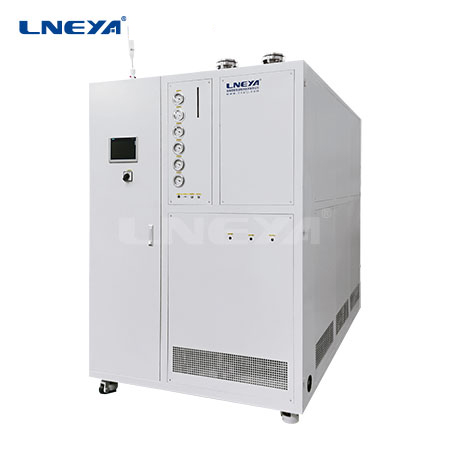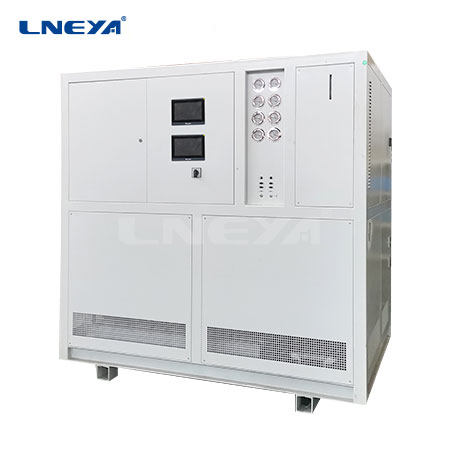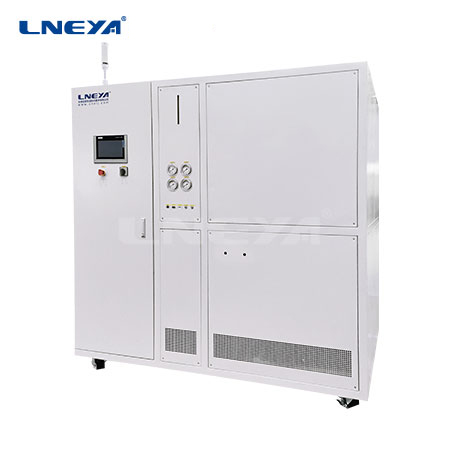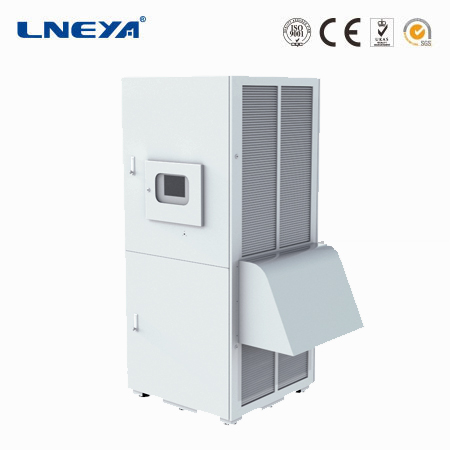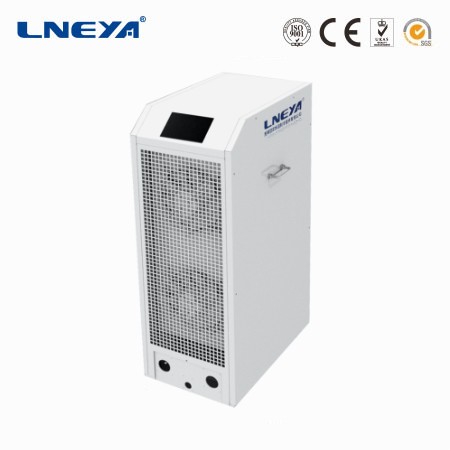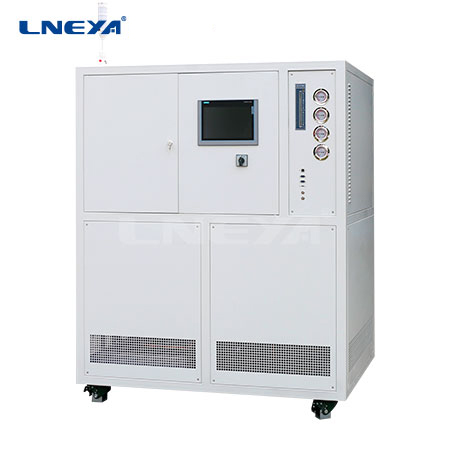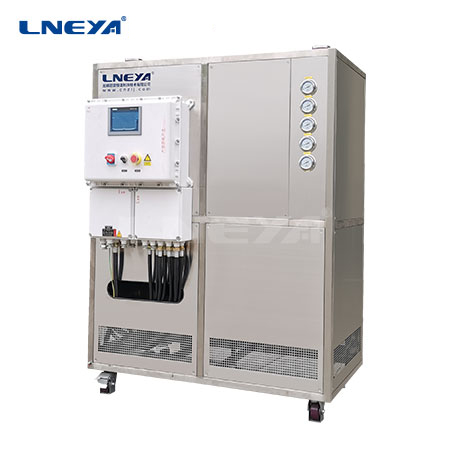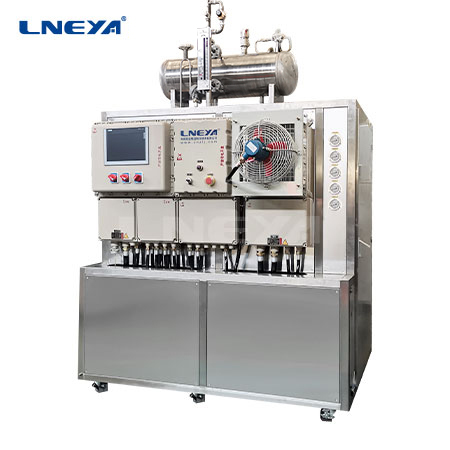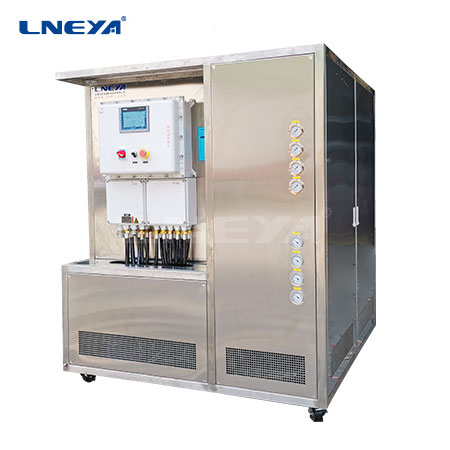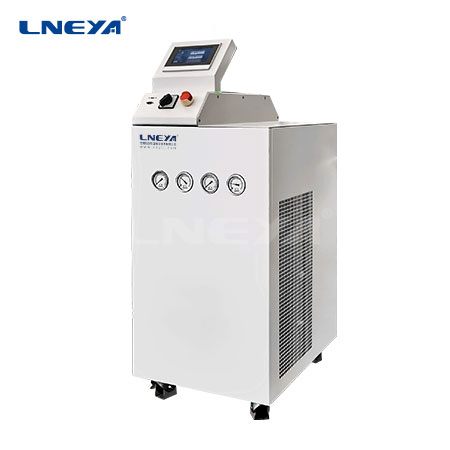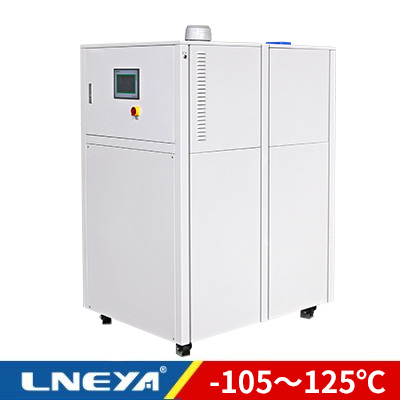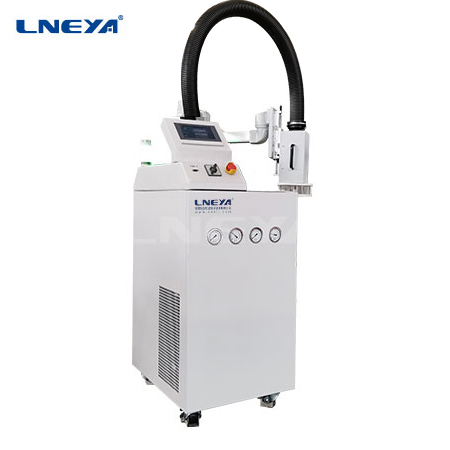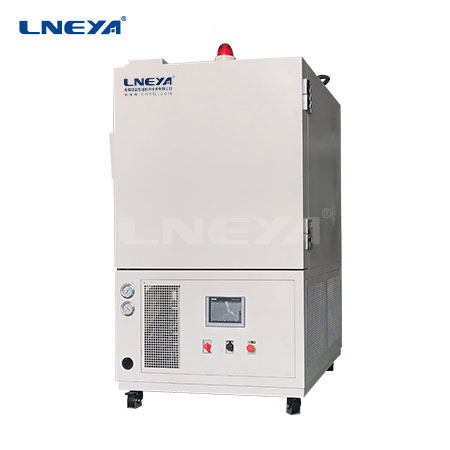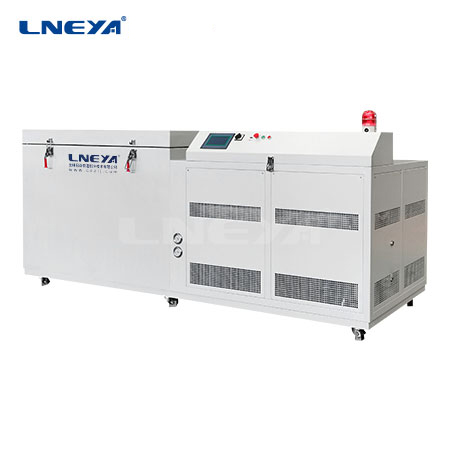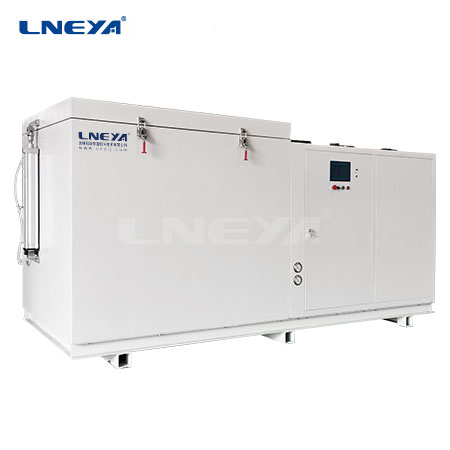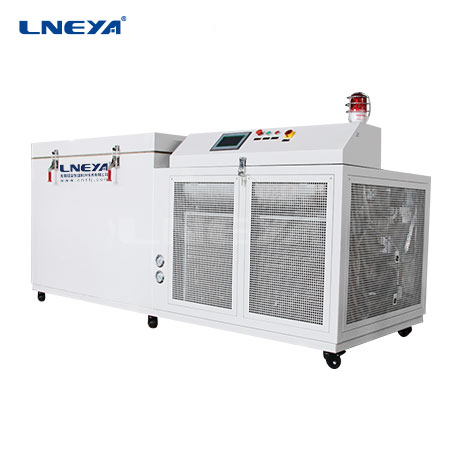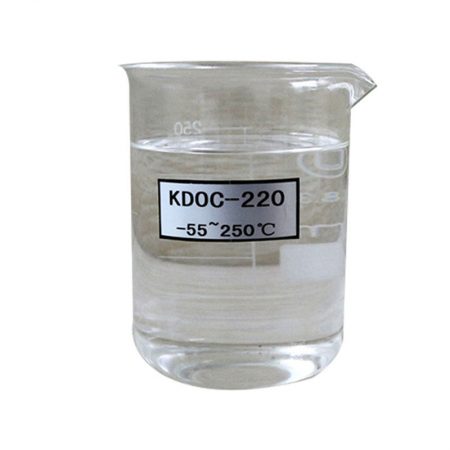Purchase Method and Maintenance Knowledge of Small Laboratory Chiller
Small laboratory chillers are products that provide constant temperature cold source in industry and laboratories. If they cannot provide accurate cooling capacity, it will affect the operation of equipment. Therefore, before buying a small laboratory chiller, you must choose the appropriate model, so how to choose the chiller?

1. Cooling capacity
The cooling capacity of the small laboratory chiller is one of the important selection factors. The user can provide the chiller manufacturer with the required working conditions, and the manufacturer can select the model according to the working conditions. The size of the cooling capacity has a great influence on the operation of the equipment. If the selection is too large, the cost will increase. If the selection is too small, the equipment will not be able to meet the expected cooling capacity requirements. Therefore, the rationality of the cooling capacity selection will affect the equipment. normal operating efficiency.
2. Chilled water
The water flow of the small laboratory chiller will also affect its heat exchange effect, so it is necessary to calculate the chilled water volume of the equipment. The user can calculate according to the density and heat transfer ratio, the closer the result is, the better, so the cooling effect is better.
3. The temperature of the inlet and outlet
When the small laboratory chiller is running, it is necessary to pay attention to the temperature difference between its inlet and outlet temperatures, which is the heat generated by the operation of the equipment.
In addition to the above factors, small laboratory chillers also need to pay attention to factors such as the upper and lower temperature difference, volume, density and other factors that need to be cooled. However, with the long-term use of small laboratory chillers, regular maintenance can also help small laboratory chillers run better.
Maintenance knowledge of laboratory chiller:
1. The location of the small laboratory chiller should be placed indoors as much as possible, and it should be a shaded environment. If it is placed next to the indoor window for a long time, it is easy to cause the cooling failure of the small laboratory chiller. If it is not used at ordinary times, it is recommended to do corresponding protective work to avoid dust fall.
2. After a long-term operation of the small laboratory chiller, some internal components of the equipment may generate certain dust and sundries, which need to be cleaned regularly to avoid affecting the operation and cooling effect of the equipment.
3. If the condensing temperature or condensing pressure of the small laboratory chiller is found to be too high, it is necessary to pay attention to its heat dissipation problem to avoid poor heat dissipation affecting the work efficiency.
We are a professional manufacturer of temperature control equipment, supporting customized services, please consult us for details!

Small Water Chillers
Temperature Control Range: +5°C to +50°C
Application: Various Reactors, Distillation or Extraction System, Laboratory, Research Institute, Chemical, Pharmaceutical, Petrochemical, Biochemical, Medical, Hospital, R&D Workshop, Semiconductor Test, Aerospace, Biological and Other Industries.
| Temperature range | -18°C ~ +30°C | +5°C ~ +50°C series |
| Cooling Capacity | up to 0.9kW | up to 50kW |

Recirculating Chillers
Temperature Control Range: -120°C to 30°C
Application: Various Reactors, Distillation or Extraction System, Laboratory, Research Institute, Chemical, Pharmaceutical, Petrochemical, Biochemical, Medical, Hospital, R&D Workshop, Semiconductor Test, Aerospace, Biological and Other Industries.
| Temperature range | -25°C ~ 30°C series | -45°C ~ 30°C series | -60°C ~ -20°C series | -80°C ~ -20°C series | -120°C ~ -70°C series |
| Cooling Capacity | up to 38kW | up to 12kW | up to 7.2kW | up to 7.2kW | up to 8.6kW |
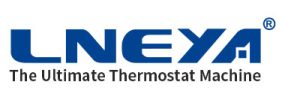 LNEYA
LNEYA
 简体中文
简体中文










